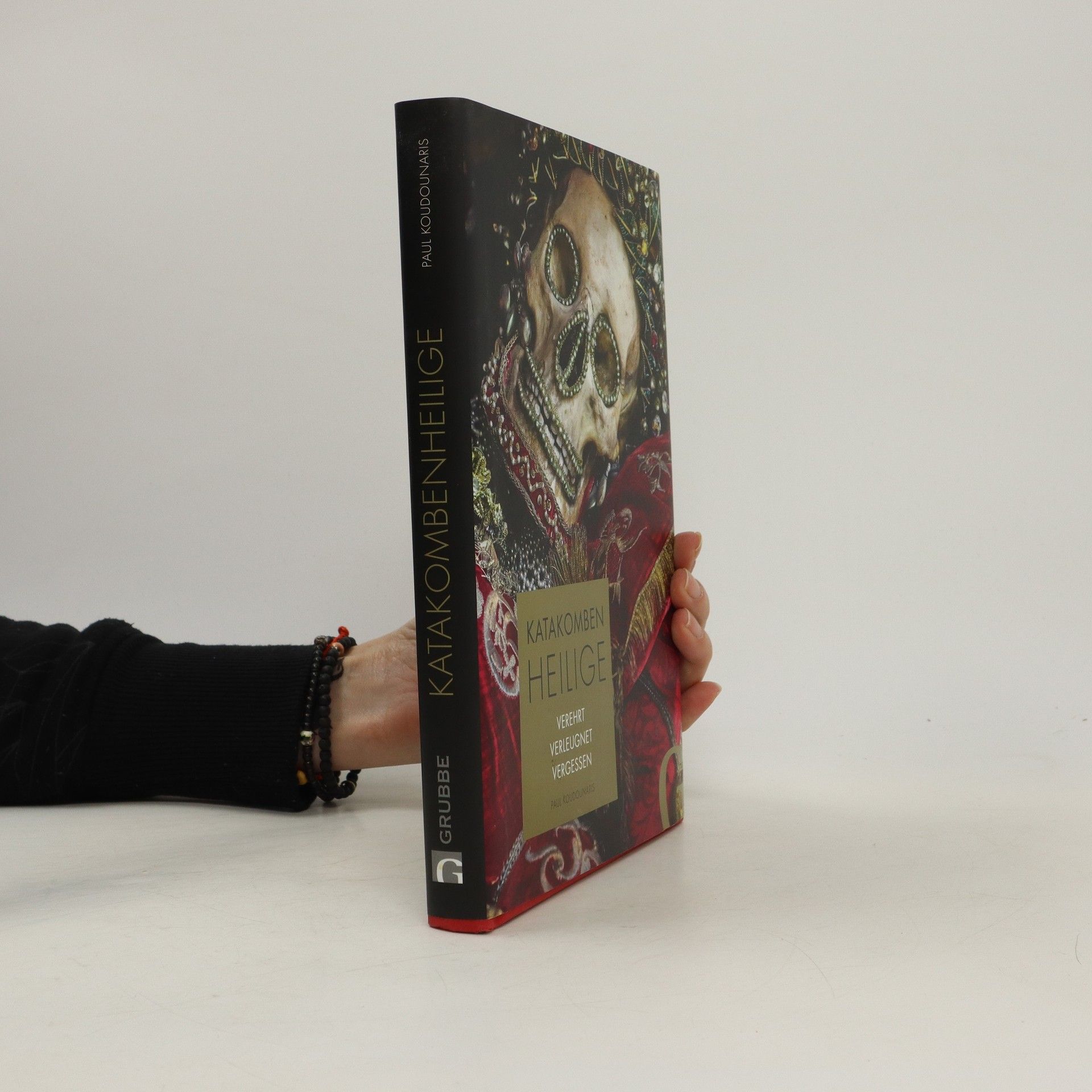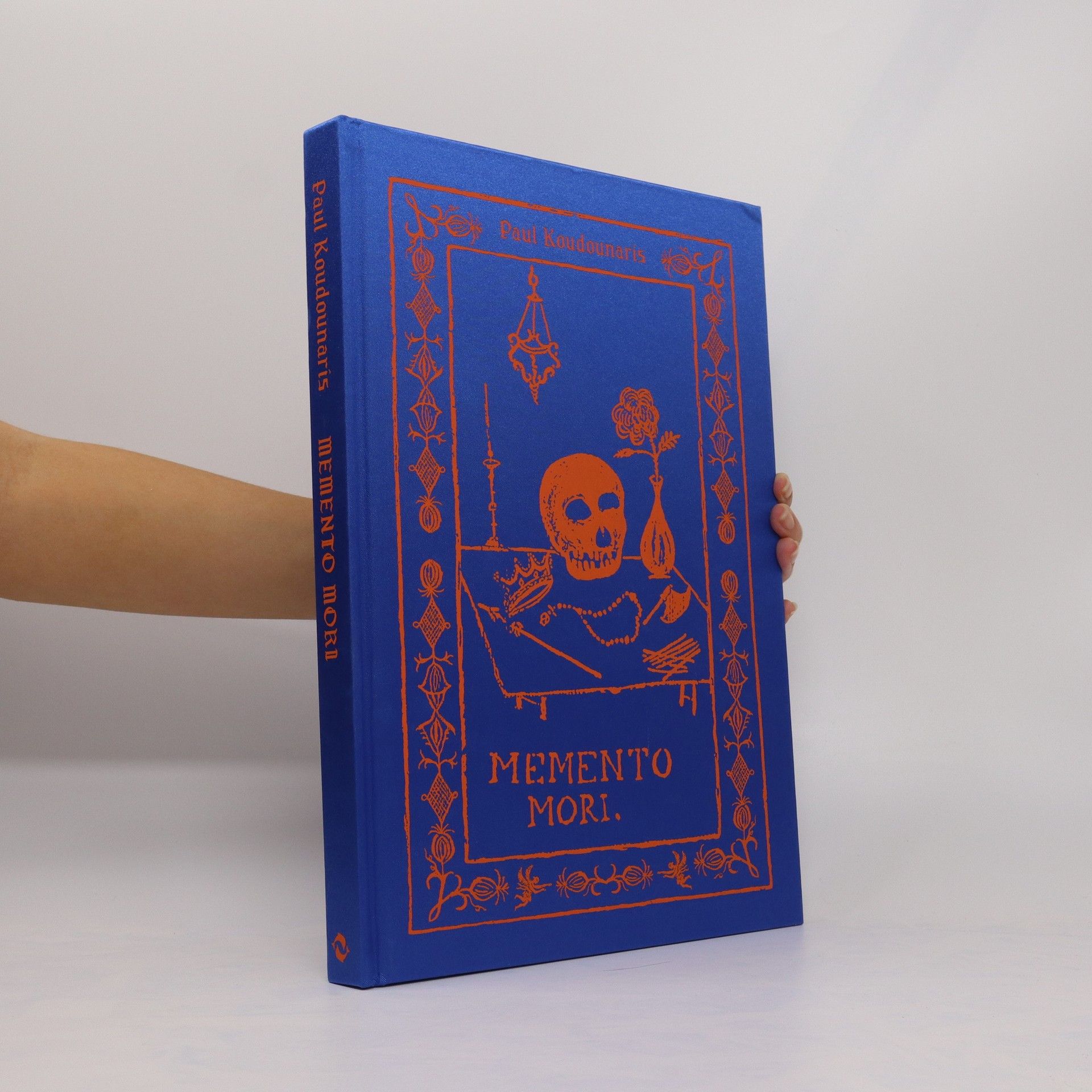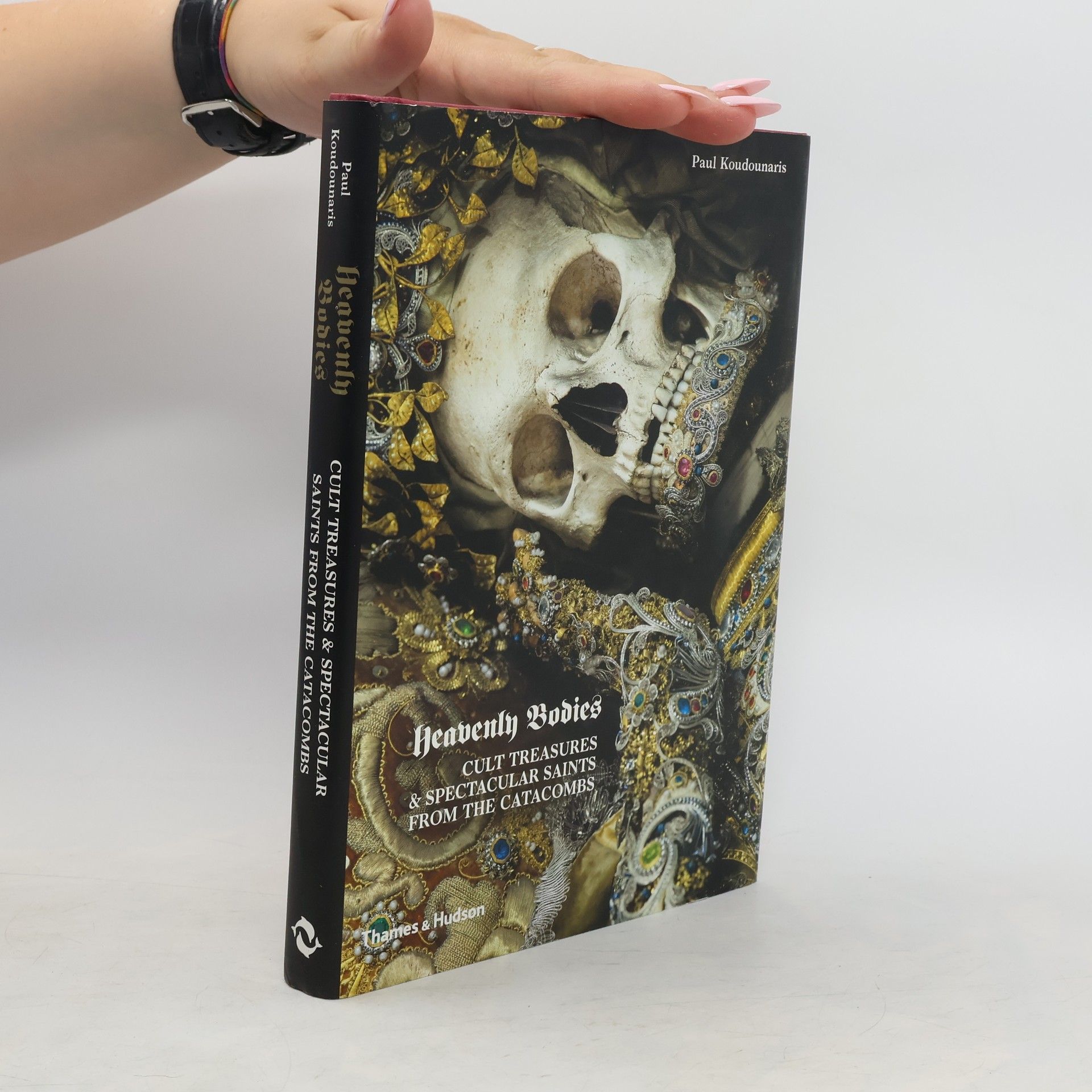Auf Samtpfoten durch die Geschichte
Wie wir Katzen die Welt eroberten
Es begann mit der Mäusejagd: ein packender Streifzug durch die Geschichte der Hauskatze Kulturgeschichte aus Katzenhand! Katzendame Baba erzählt in diesem prächtig gestalteten Geschenkbuch von der wechselhaften Beziehung zwischen Mensch und Mieze. Gemeinsam mit ihrem Co-Autor Paul Koudounaris, Kunsthistoriker und Katzenexperte, begibt sie sich auf eine Zeitreise. Sie begegnen Babas wilder Urahnin Felis und der altägyptischen Katzengöttin Bastet, erfahren Wissenswertes über die Rolle der Katze im Mittelalter und der Aufklärung, stechen mit wagemutigen Schiffskatzen in See und folgen den Spuren von Babas Vorfahren bis ins Weltall. - Amüsanter Streifzug: von der prähistorischen Felis bis zu berühmten Katzen der Gegenwart - Humorvolles Katzenbuch: Anekdoten und Geschichten über eine jahrtausendealte Beziehung - Historisch fundiert: Alles über Abstammung, Mythologie und Historie der beliebten Stubentiger - Geschenkbuch in hochwertiger Ausstattung, reich illustriert und mit ungewöhnlichen Fotografien Katze und Mensch: Diese Konstellation hat Weltgeschichte geschrieben! Stubentiger Baba erklärt, wie clevere Samtpfoten der Historie ihren Stempel aufgedrückt haben. Wer wissen will, wie sich Katzen über die Jahrtausende hinweg selbst domestizierten und vom Leben und Denken der Menschen Besitz ergriffen haben, liegt mit diesem Buch goldrichtig. Ein unterhaltsames Geschenk für Katzenliebhaber und alle, die es werden wollen. Ihre Katze





